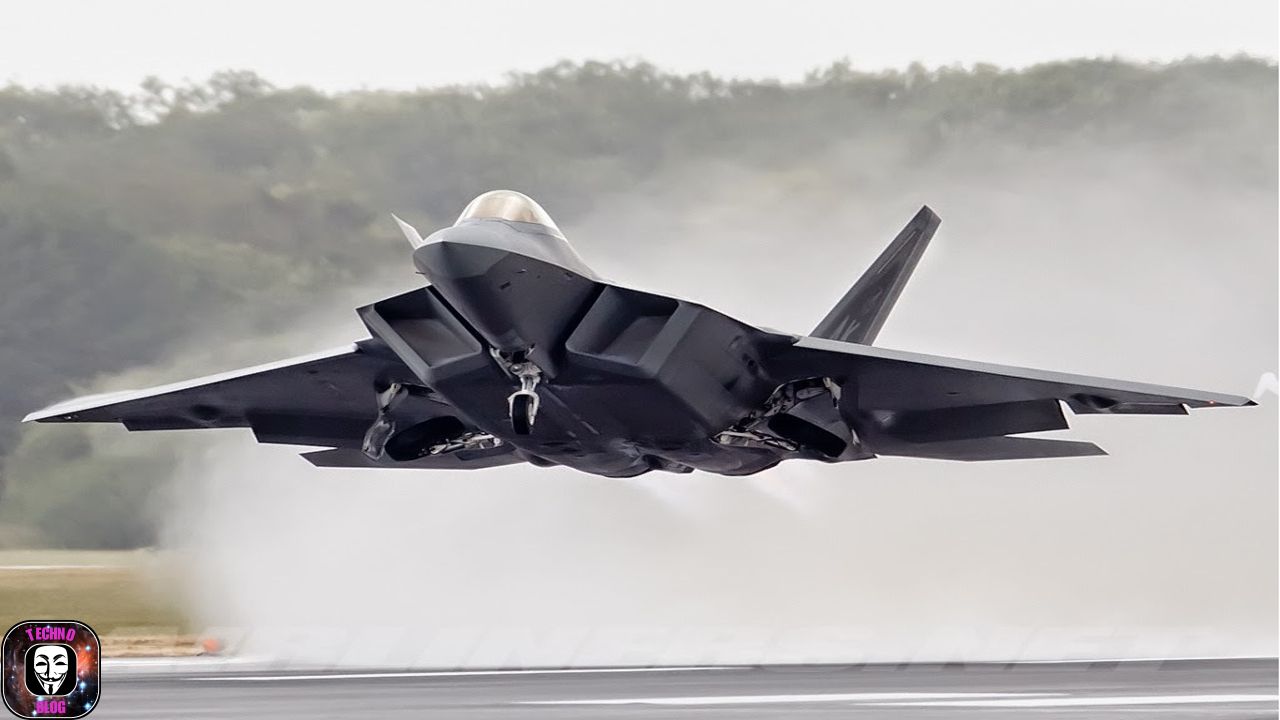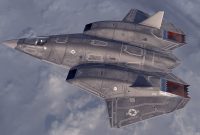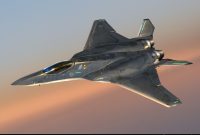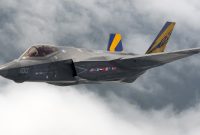The F-35 Lightning II, developed by Lockheed Martin, is a cutting-edge multi-role fighter aircraft designed to meet the diverse and evolving needs of modern air forces. This stealthy, fifth-generation aircraft has been a hot topic of discussion and debate in the aviation world since its inception. From its development challenges to its combat capabilities, the F-35 continues to dominate the headlines. In this article, we will explore some key news and discussion topics surrounding the F-35.
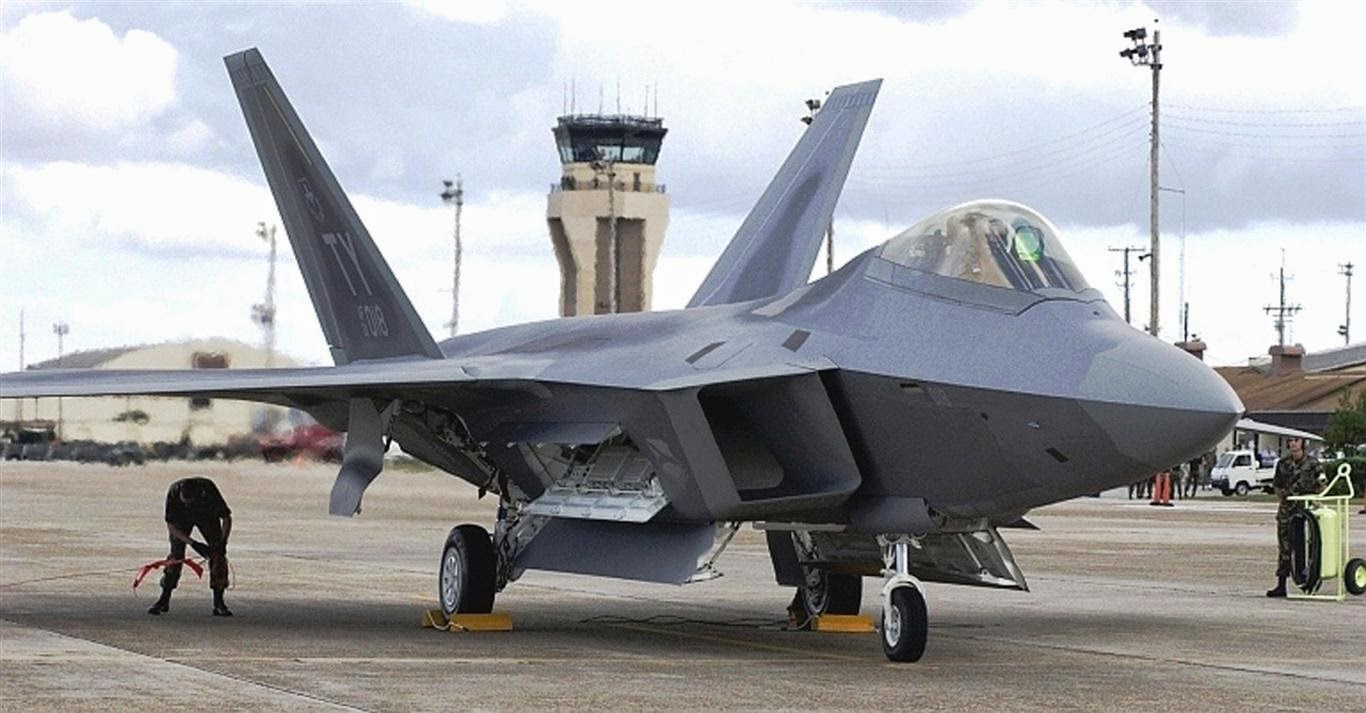
-
Stealth Technology and Design
One of the most prominent features of the F-35 is its advanced stealth technology. The aircraft is designed to minimize its radar cross-section, making it difficult for enemy radar systems to detect and track it. This technology is crucial in modern air combat, allowing the F-35 to approach and engage targets without being detected until it’s too late. The F-35’s unique design and radar-absorbing materials have been a subject of extensive discussions and analysis.
-
Development Challenges and Costs
The F-35 program has faced its fair share of development challenges and cost overruns. Critics argue that the program’s complexity and ambition have led to delays and budget concerns. Proponents, on the other hand, point out that the F-35 represents a significant leap in military capabilities and argue that these challenges are not unusual for such groundbreaking projects. The debate over the program’s cost-effectiveness continues to be a hot topic in defense circles.
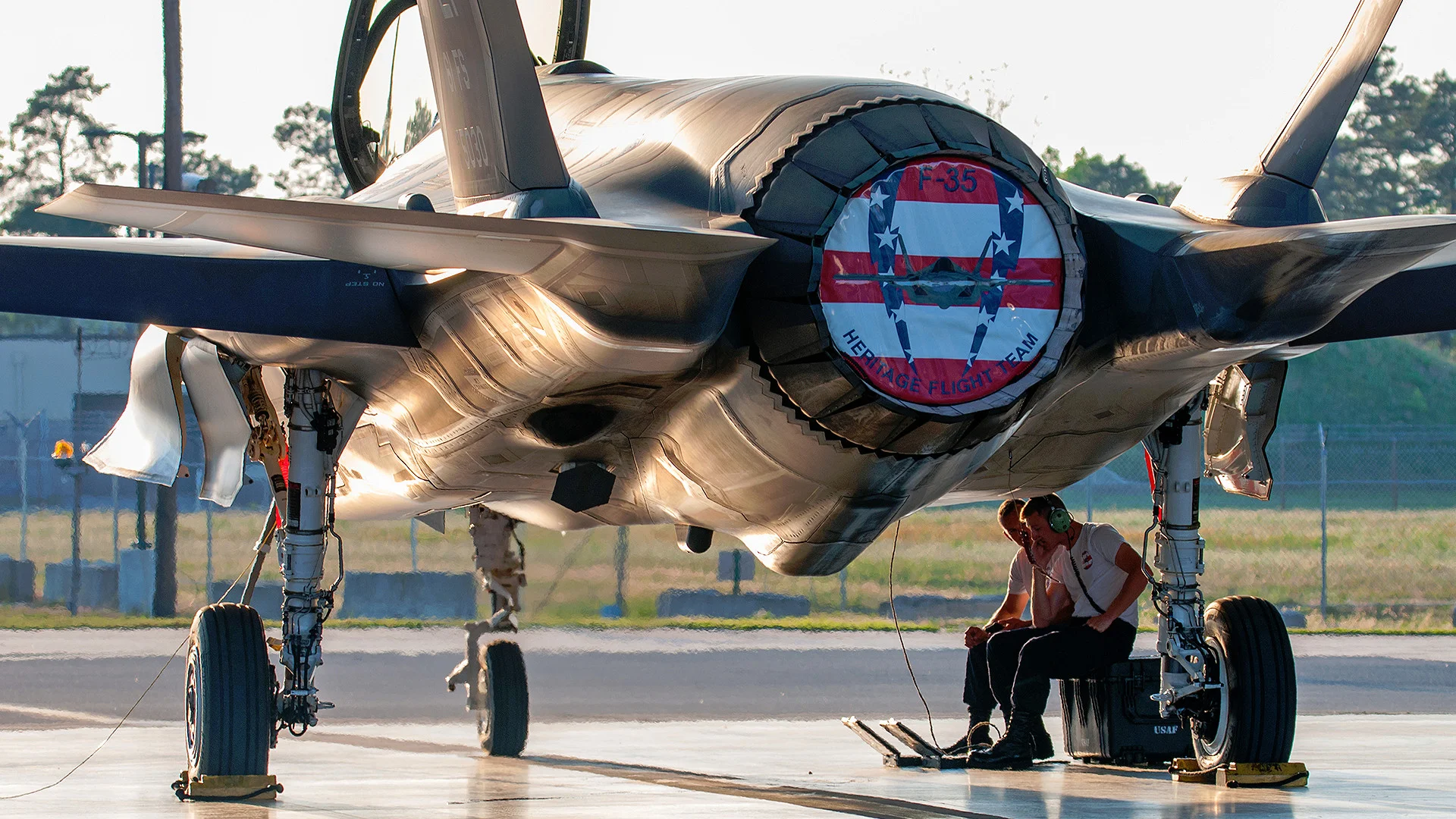
-
International Partnerships
The F-35 program involves a consortium of international partners, including the United States, the United Kingdom, Canada, and numerous other countries. This collaborative approach has sparked discussions about the benefits and challenges of such partnerships. It allows for shared research, development, and procurement costs, but also raises questions about information sharing and sovereignty.
-
Operational Deployment
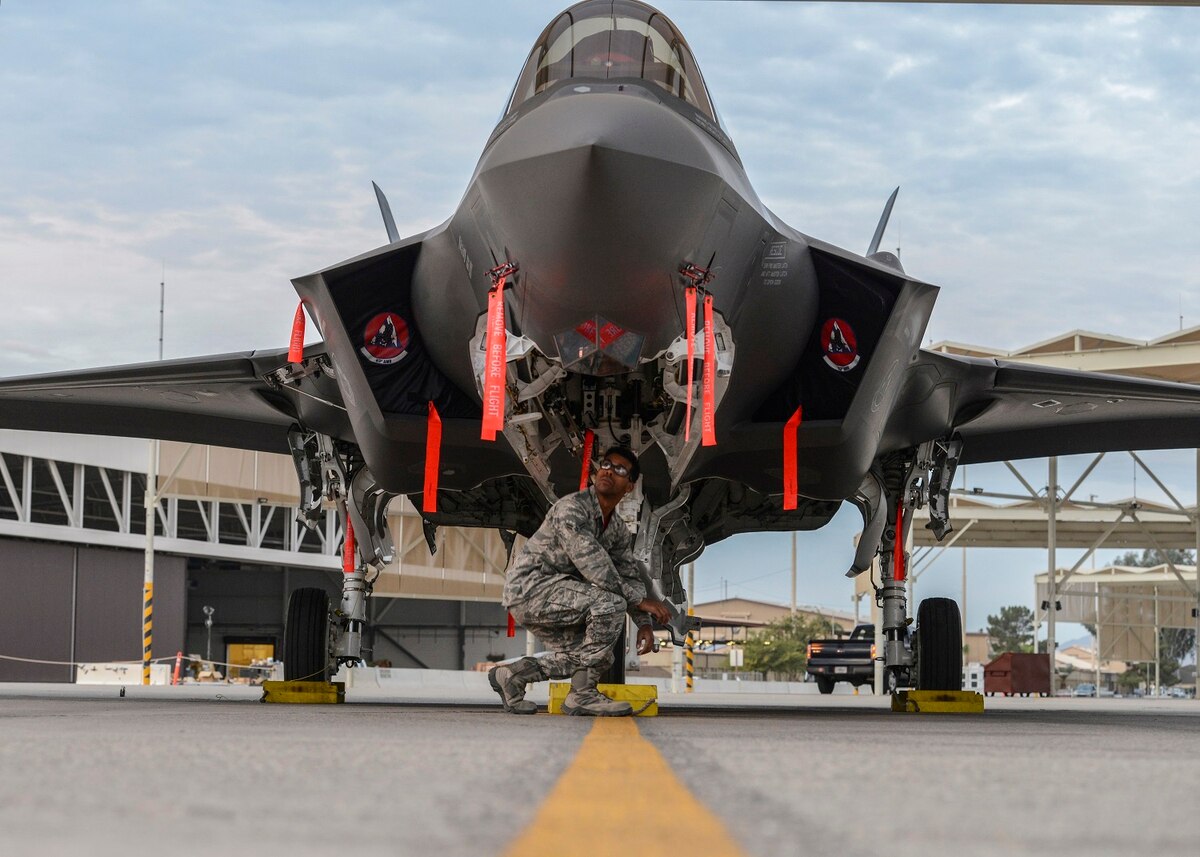
The F-35 has gradually been integrated into the inventories of several air forces worldwide. Its operational deployment and performance in exercises and real-world scenarios have been closely monitored and discussed. Proponents argue that the F-35’s versatility and advanced sensor suite make it a game-changer in modern air combat, while critics question its performance and argue that it may not be suitable for every mission.
-
Electronic Warfare and Data Sharing
The F-35 is equipped with advanced electronic warfare capabilities, allowing it to disrupt enemy communications and radar systems. It can also share real-time data with other friendly aircraft and ground units. This ability to act as a data node on the battlefield has led to discussions about the advantages and vulnerabilities associated with network-centric warfare and data sharing in the digital age.
-
Export and International Sales
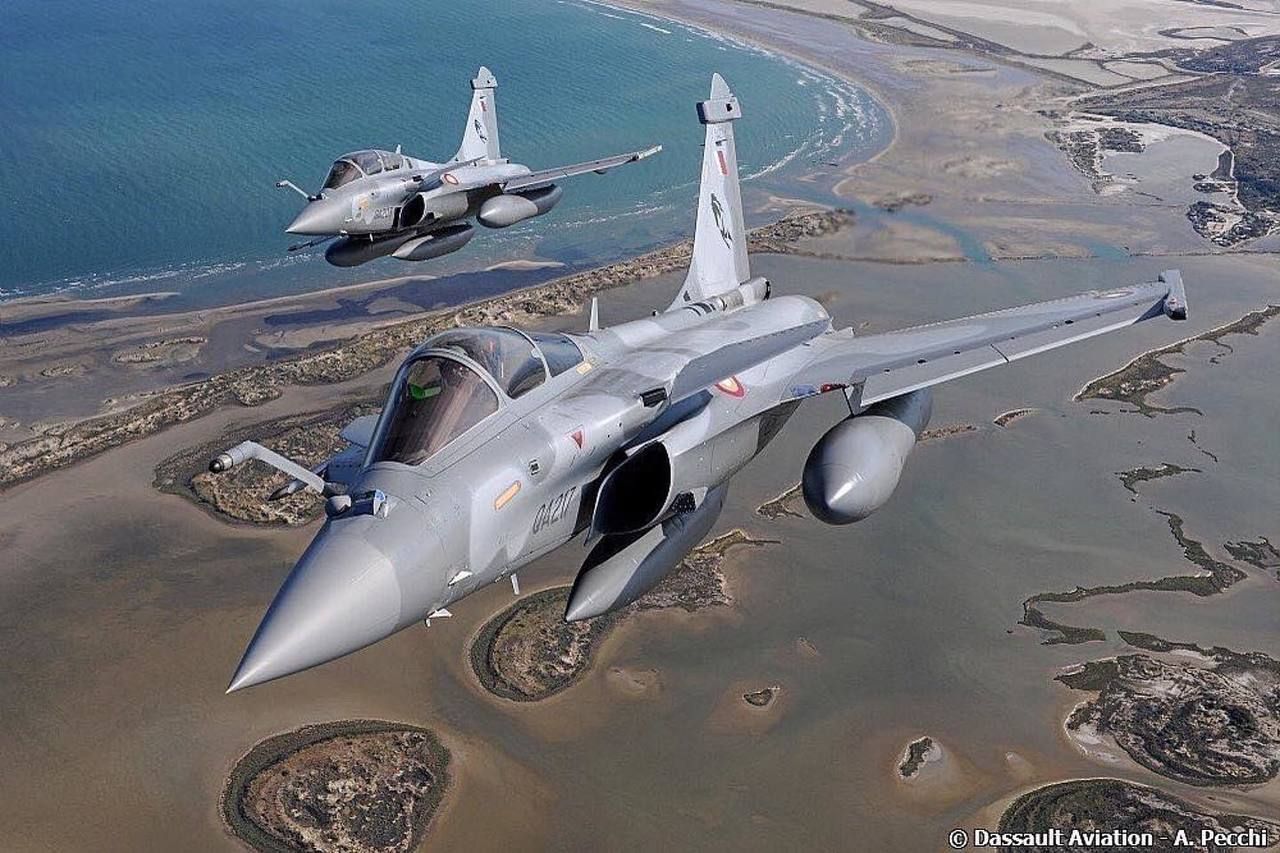
The United States has approved the sale of F-35s to several countries, including NATO allies and other strategic partners. This has raised concerns about technology transfer and the potential for adversaries to gain access to sensitive systems. The discussion around which countries should be allowed to acquire the F-35 and under what conditions continues to be a topic of debate.
-
Future Upgrades and Variants
The F-35 program is not static; it is continuously evolving. Discussions often revolve around future upgrades, improvements, and potential variants. Some have speculated about the development of unmanned versions, while others focus on enhancing the aircraft’s capabilities in electronic warfare, stealth, and sensors.
-
Industrial and Economic Impact
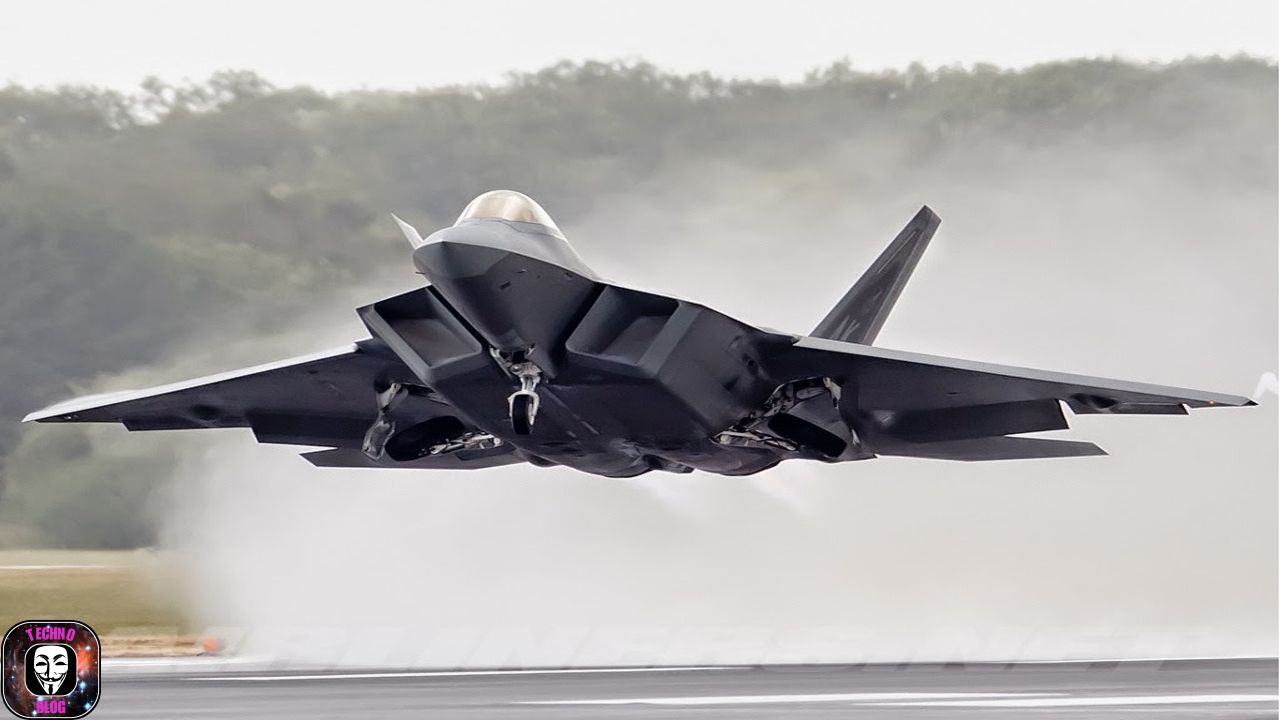
The F-35 program is not just about military capabilities; it also has significant economic and industrial implications. It provides jobs and opportunities for many in the aerospace and defense industries. Discussions often touch on the economic impact of the program, including job creation and the long-term sustainability of the F-35 production lines.
In conclusion, the F-35 Lightning II remains a central focus of discussion within the aviation and defense communities. Its advanced technology, development challenges, international partnerships, operational performance, electronic warfare capabilities, export sales, future upgrades, and economic impact are all critical aspects that continue to drive debates and headline news. As the F-35’s role in modern air forces continues to evolve, so will the conversations surrounding it.

